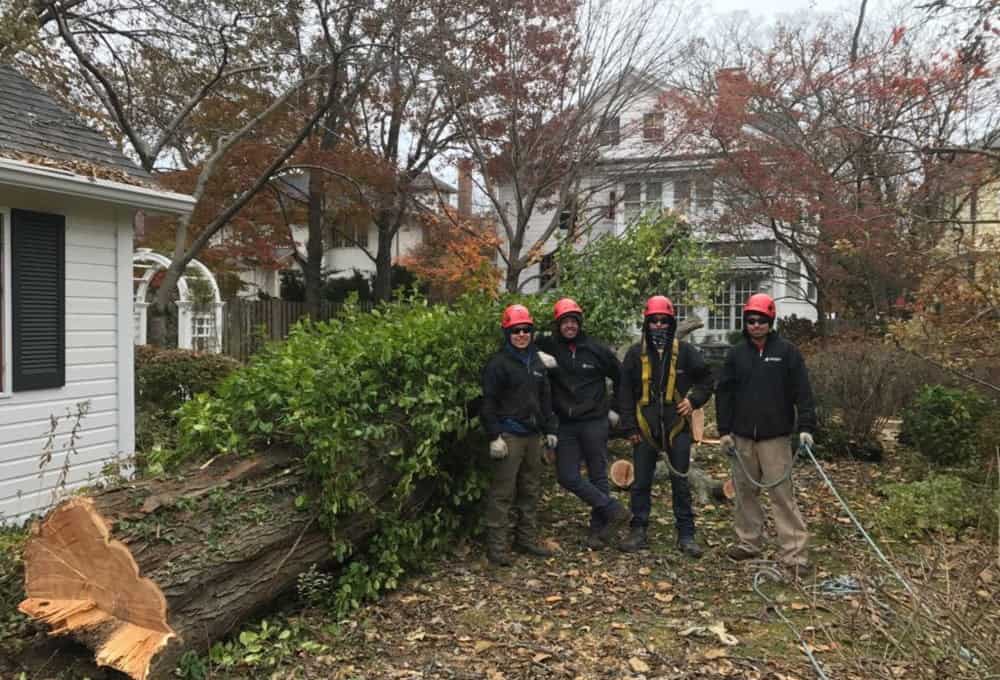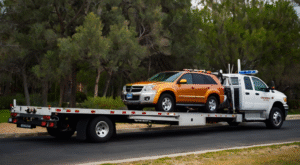The Role of Arborists in Storm Damage Tree Removal
When severe weather strikes, trees are often among the first casualties. High winds, heavy rainfall, lightning, and even snow and...

When severe weather strikes, trees are often among the first casualties. High winds, heavy rainfall, lightning, and even snow and ice can weaken tree structures or uproot them entirely. In the aftermath of a storm, dealing with damaged or fallen trees can be both dangerous and overwhelming for property owners. This is where arborists play a crucial role. Certified arborists bring specialized knowledge, tools, and techniques to safely manage storm-damaged trees, protecting people, property, and the long-term health of the landscape.
What Is an Arborist?
An arborist is a trained professional who specializes in the care and maintenance of trees. Certified arborists have extensive knowledge in tree biology, diagnostics, pruning, planting, and tree risk assessment. They are equipped to handle emergency situations, especially those involving storm-damaged trees that pose a threat to homes, roads, power lines, and people.
Assessing Storm Damage
The first step an arborist takes after a storm is a thorough evaluation of the affected trees. Not all damage is obvious at first glance. Some trees may appear stable but have hidden structural issues, such as internal cracks or root damage. Arborists use visual inspections and, in some cases, diagnostic tools to assess the extent of the damage and determine the best course of action.
This evaluation includes identifying potential hazards, such as hanging branches (widowmakers), partially uprooted trees, and trunks split from lightning strikes. The arborist then prioritizes removal or pruning based on urgency, accessibility, and safety risks.
Safe Tree Removal Practices
Storm-damaged trees can be unpredictable and extremely dangerous to remove without proper training and equipment. Certified arborists are trained in advanced climbing and rigging techniques, and they use specialized equipment like cranes, chainsaws, and protective gear to carry out removals safely.
Depending on the situation, an arborist may use a crane to lift heavy branches or entire trees away from structures without causing further damage. In cases where the tree has fallen on a home or vehicle, the arborist carefully dismantles the tree in stages to minimize risk. Safety is always the top priority, not only for the workers but also for nearby residents and property.
Preventing Further Damage
Arborists don’t just remove damaged trees, they also take steps to prevent further issues. For example, removing a tree that fell on a roof might reveal underlying damage to the structure or gutters. Arborists often work in collaboration with insurance companies, builders, and other emergency services to ensure a comprehensive recovery process.
In addition, an arborist can inspect surrounding trees that may have sustained less obvious damage. Sometimes a nearby tree may have root disturbance or canopy imbalance that, if not addressed, could lead to future failures. Preventative pruning or cabling might be recommended to stabilize these trees and prevent additional incidents.
Tree Preservation and Recovery
Whenever possible, arborists aim to save trees rather than remove them. Trees are valuable assets to any landscape, offering shade, beauty, and environmental benefits. If a storm-damaged tree can be salvaged, an arborist will provide recommendations for corrective pruning, bracing, or other treatments that promote healing and structural integrity.
In some cases, trees may need time to recover. Arborists guide homeowners on proper post-storm care, including watering schedules, soil treatment, and pest monitoring, which are essential for a tree’s long-term survival after a traumatic weather event.
Why Hiring an Arborist Matters
Hiring a certified arborist after a storm ensures that tree damage is handled professionally, efficiently, and safely. Unqualified individuals may use improper techniques that can cause more harm than good or put themselves and others at risk. For example, cutting branches without understanding weight distribution can cause sudden shifts, leading to injury or property damage.
In addition, arborists are insured and typically carry liability coverage. This provides peace of mind to homeowners, knowing that they are protected should anything go wrong during the removal process. Many local governments and utility companies also prefer or require certified arborists for storm response, particularly in public areas or around power infrastructure.
Long-Term Benefits of Arborist Services
Beyond immediate storm response, arborists help homeowners develop long-term tree care plans. This includes selecting storm-resistant species, performing regular health inspections, and pruning trees for optimal structure and resilience. Proper maintenance can reduce the risk of storm damage in the future, potentially saving thousands of dollars in emergency repairs and removals.
In areas prone to severe weather, building a relationship with a trusted arborist is a wise investment. They become familiar with the property’s landscape and can respond more quickly and effectively when disaster strikes.
Conclusion
Storms are unpredictable, but your response to them doesn’t have to be. Arborists play an essential role in storm damage tree removal, combining expert knowledge, technical skill, and a commitment to safety. Whether it’s emergency removal, hazard assessment, or preservation efforts, an arborist ensures your trees and your property are cared for with professionalism and precision. When storms wreak havoc, having a certified arborist on your side can make all the difference in a safe and successful recovery.




